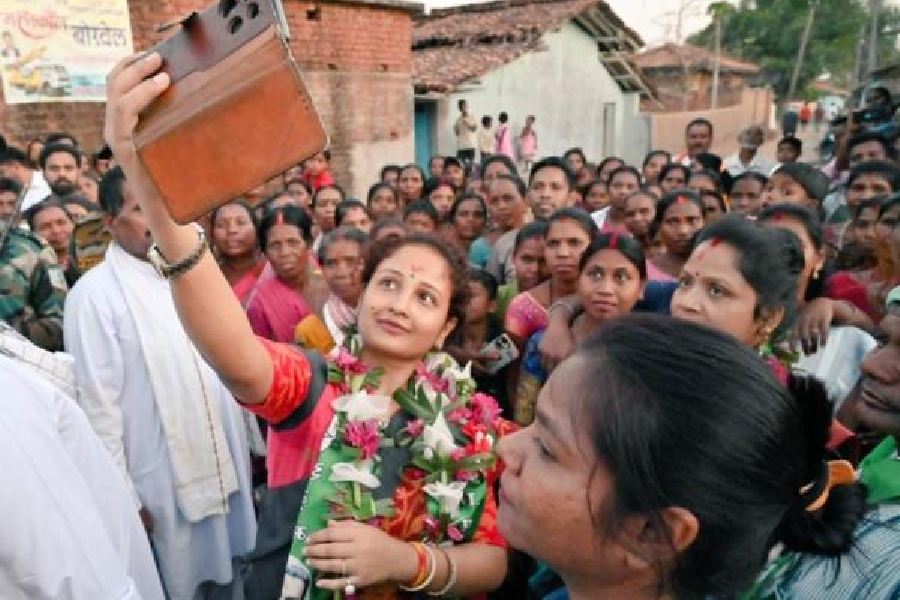Hailed as the ‘master of suspense,’ British filmmaker Alfred Hitchcock is one of the most influential directors in the history of cinema. He has directed more than 50 feature films in a five-decade-long career, bending genres while adding his unique touch that served as an inspiration for generations of filmmakers. On his 123rd birth anniversary, we take a look at five films by Hitchcock that shaped thrillers as we know them today.
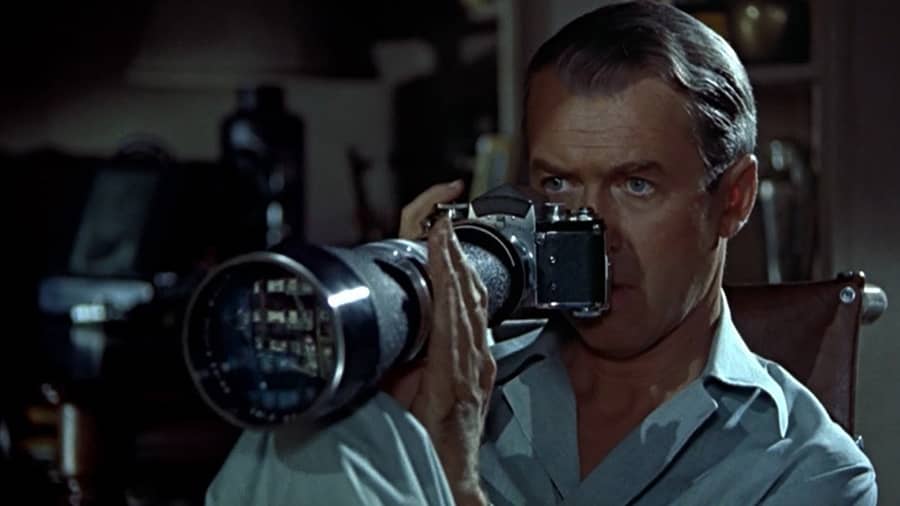
James Stewart in a still from Rear Window Twitter
Rear Window (1954)
Frequent Hitchcock collaborator actor James Stewart plays the wheelchair-bound photographer, Jeff, in this 1954 mystery thriller based on Cornell Woolrich’s short story, It Had to Be Murder. In Rear Window, Jeff believes he has witnessed a murder from his apartment’s window and enlists his girlfriend Lisa’s (Grace Kelly) help to unmask the killer while also avoiding being killed. Hitchcock’s masterful storytelling successfully underpins the subtle power play between the watcher and the watched.

Cary Grant and Joan Fontaine in a still from Suspicion Twitter
Suspicion (1941)
Based on Francis Iles’ novel Before the Fact, Suspicion is among the lesser-celebrated films of Hitchcock. It chronicles the story of a married couple, Johnnie and Lina, played by Cary Grant and Joan Fontaine. As Lina finds out about Johnnie’s playboy past and his gambling addiction, she starts to speculate about her husband’s involvement in a murder. In this psychological noir, Hitchcock induces elements of romance too. Suspicion is a brilliant take on the darker side of love and explores salient issues like hiding the truth, betrayal, conjecture and mistrust, all of which can leave a deep psychological impact on any person.
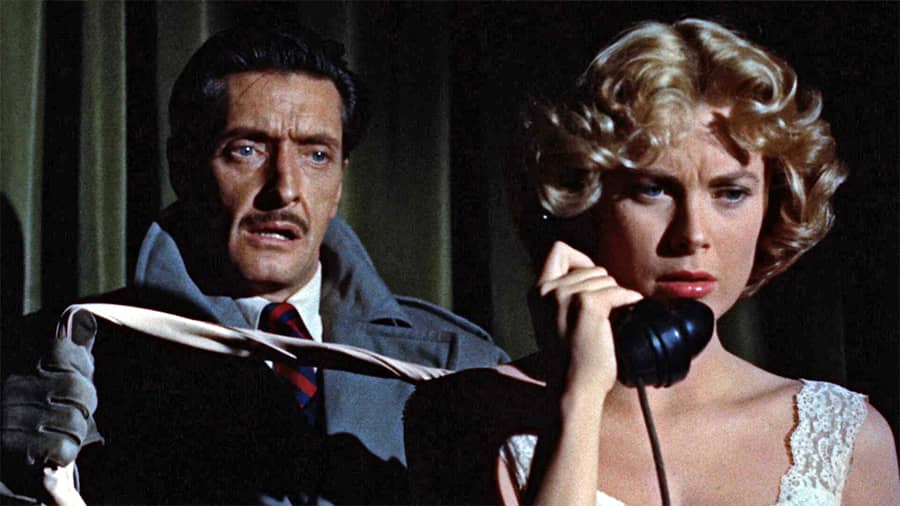
(L-R) Anthony Dawson and Grace Kelly still from Dial M for Murder Twitter
Dial M for Murder (1954)
Based on a play by English playwright Frederick Knott, we see a former tennis player, Tony (Ray Milland), plotting to get his affluent and adulterous wife Margot (Grace Kelly) killed. Margot, however, kills the hired hitman. In Dial M for Murder, Hitchcock employs some of the core themes of film noir, such as adultery, moral decay and murder, but he gives the plot a fresh spin, in the form of inspector Hubbard’s (John Williams) investigation. Staging has been a key component of Hitchcock’s work even in his early years. And in this movie, he retains that.
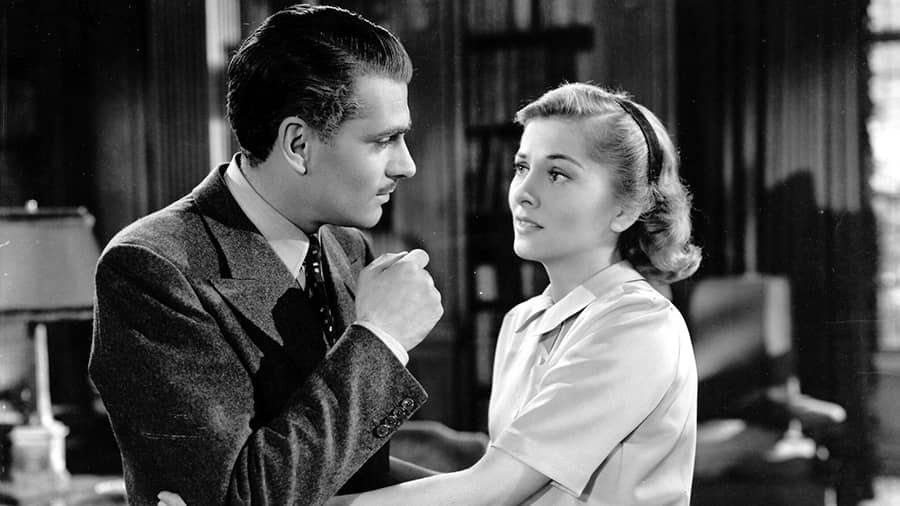
(L-R) Laurence Olivier and Joan Fontaine in a still from Rebecca Twitter
Rebecca (1940)
Hitchcock made his Hollywood debut with an adaptation of Daphne du Maurier’s gothic novel, Rebecca. The film revolves around a young woman (Joan Fontaine), who marries a grieving widower, Maxim (Laurence Olivier), whom she had met recently and now must contend with the memories of his first wife, Rebecca. It’s not just Rebecca’s memories that haunt her, she also has to deal with the mentally challenged housekeeper Mrs Danvers (Judith Anderson) and the ex-wife’s lover and cousin, Jack Favell (George Sanders). Hitchcock stays true to the source material but mixes his signature style of suspense, especially in the latter half of the film. He also blends the gothic atmosphere of Rebecca with a psychological thriller twist, treating Maxim’s mansion, Manderley, as a character. Rebecca won the Best Picture Oscar at the 13th Academy Awards.
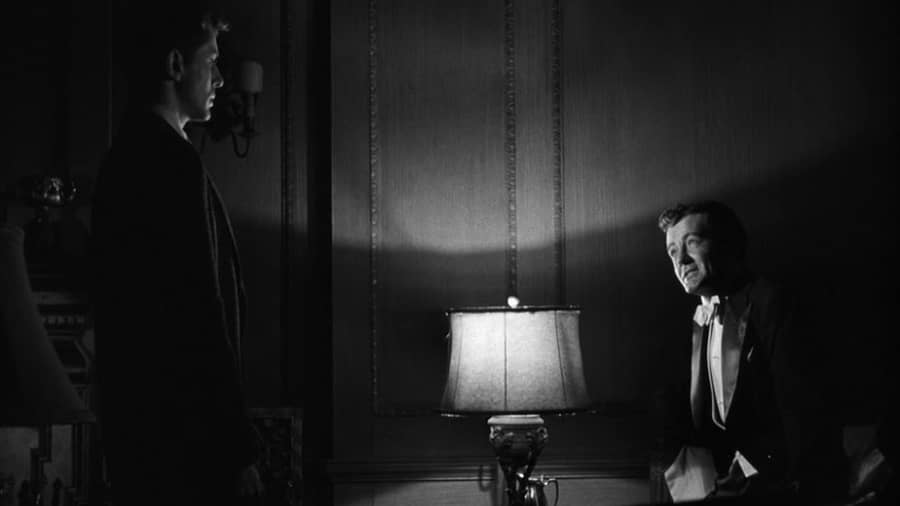
(L-R) Robert Walker and Farley Granger in a still from Strangers on a Train Twitter
Strangers on a Train (1951)
Strangers on a Train is an adaptation of Patricia Highsmith’s novel of the same name that follows the story of two strangers Guy (Farley Granger) and Bruno (Robert Walker), who meet on a train and agree to ‘swap murders’ so that they don’t get caught. Guy will kill Bruno’s father, and Bruno will kill Miriam, Guy’s wife. By highlighting the story’s theme of contrast with his visual choices, Hitchcock turns this film into one of his signature genre-bending thrillers. He also explores the underlying dark comic undertone that superimposes the criminal intent of the two main characters. The use of black humour makes the thriller even more fun to watch, as it provides a new perspective on criminal minds.


